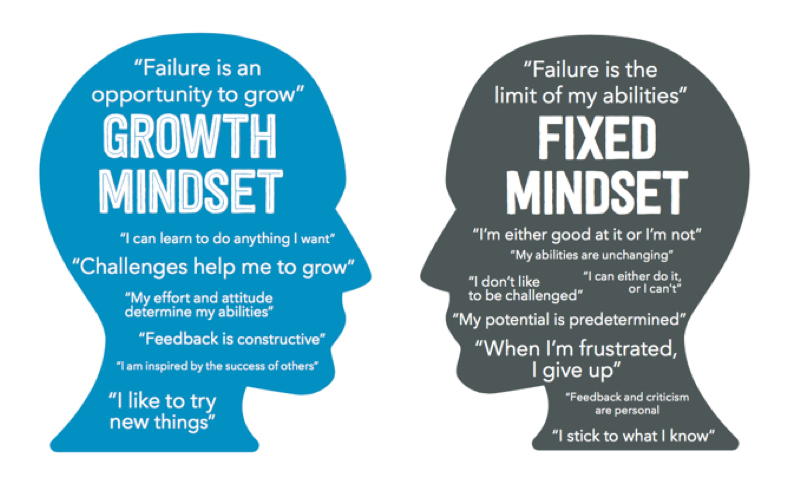Armed with a defined mission and strong, clear strategies it is up to you to execute successfully. Leadership is the process that gives people a genuine sense of purpose and energizes them to willingly put forth their individual and collective efforts to achieve that purpose. In essence, ‘leadership should remove the causes of failure and enable people to succeed.’ – W. Edwards Deming
Throughout our careers we experience a wide variety of leadership. Just as a good instructor internalizes the best qualities of those they learned from, so should we strive to emulate the qualities of inspiring leaders. The aim of business leadership should be:
- To improve the performance of systems, processes and people.
- To improve quality.
- To increase output.
- And, simultaneously, to bring pride of workmanship to people.
The first and most important step is creating a culture. Without a clear mission and values employees lack a sense of purpose. Most people thrive with a guiding vision as they naturally yearn for personal fulfillment in their job.
Next, develop strategies including processes and accountability that enable your employees to succeed. This is perhaps the greatest struggle for flight schools. Ironically, we are very good at using checklists to standardize the safe operation of aircraft but fail to develop checklists for critical business workflows. Without the tools in place to allow employees to succeed, it can quickly become demoralizing and detrimental to your operation.
Finally, measure performance of both processes and individuals. Learn from your successes and failures to continuously improve. Consistent and unbiased data is the only way to understand if your strategies are successful. Use the data to recognize struggling performance and address through reallocating resources or modifying your strategy.
As Rainier Flight began to grow we found ourselves beginning to lose touch with quality control. The more we grew the more difficult it became identifying client and instructor challenges. Despite good processes we simply lacked the tools to ensure adequate accountability. It wasn’t until we adopted the NeedleNine system that we began to understand the operation from a training and customer experience standpoint. Armed with data, we could proactively identify struggling client and instructor performance.
Through regular review of Key Performance Indicators we began to:
- Improve performance through proactive intervention. By identifying underperforming clients we pinpointed root cause and addressed before becoming a customer service issue.
- Improve quality by tracking trends and using metrics to modify workflows and curriculum.
- As the operation became more efficient so did productivity, resource allocation and return on investment.
- People like working for a successful company with a strong culture. When you enjoy a positive reputation in the community your employees are proud to represent your brand which becomes a virtuous cycle.
Key to long term success is establishing a Growth Mindset. You are in a leadership position because you are good at what you do. But leading people requires an entirely different skillset. There are countless examples of industry giants like Enron and Chrysler that became victims of their own ego. Instead of nurturing their employees these leaders expected them to merely carry out their brilliant ideas.

When a student pilot is struggling with a maneuver you don’t praise their performance for ego sake but you also don’t berate their failure. You mentor and encourage them by highlighting areas they excel while providing constructive criticism and what they need to improve. So to should you support employees and help them reach their goals. Employees need:
- To be given meaningful, challenging tasks that contribute to organizational success.
- To learn, develop, and apply specific skills of interest to them.
- To be a contributing part of the team.
- To be a respected member of the team.
Let’s take Phil, a customer service rep assisting clients with daily needs. Phil is frustrated because it seems he is the one bearing the brunt of everyone’s problems. Whenever there is a maintenance problem or scheduling issue Phil feels he is carrying the company on his shoulders. Over time you sense his growing frustration through his tone of voice and demeanor interacting with clients.
You are faced with a choice as a leader. Do you wait until Phil erupts and quits? Do you counsel him on the importance of customer service and demand an improvement? A good leader will see this as an opportunity to listen and understand Phil’s perspective. While taking Phil out to lunch in a casual setting you can have a candid conversation gaining valuable insight to your operation.
Furthermore, instead of telling Phil what to do and fixing his problems ask him what ideas he has for improvement. After discussing potential changes you mutually decide to task Phil with tracking issues to quantify complaints. At monthly admin meetings you review the issues with flight ops, maintenance, etc and implement improvements. Phil is excited to contribute to an important project that directly benefits both himself and clients. He feels respected and appreciated as a valuable team member which is reflected in how he interacts with clients.
Leadership is something you work at every day. Do not fall into the trap of hubris. When you make mistakes own them. Learn from them. Nurture your team and as they grow, so will your business.
Additional Reading: Mindset – The new psychology of success, Carol D Dweck, PhD


Recent Comments